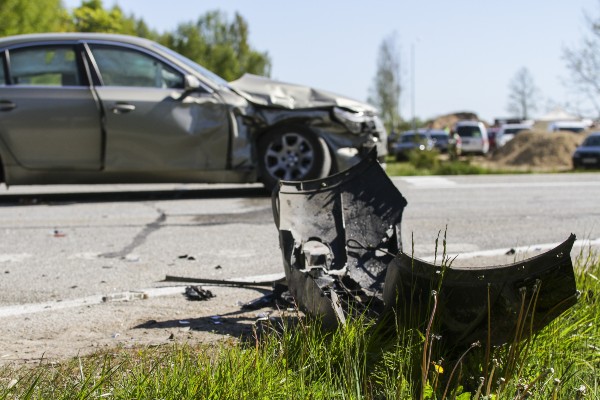
Free Consultation(203) 447-0000

Free Consultation(203) 447-0000

A recent article published by the Insurance Institute for Highway Safety (IIHS) suggests that increased rates of speeding are yet another unfortunate side effect of the COVID-19 pandemic. In the article the IIHS quotes the Executive Director of the Governors Highway Safety Association (GHSA) stating “speeding [has become] even more acute during the COVID-19 pandemic, as less traffic has prompted some motorists to drive at high speeds on highways and city streets across the nation.”
Of course, speeding was already a major problem before the pandemic began. IIHS data indicates that more than 9,000 fatal accidents in the United States each year are attributed to excessive speed. This accounts for approximately a quarter of all road-related fatalities. Speeding is to blame for far more non-fatal accidents and each year tens of thousands of Americans suffer injuries in speeding-related collisions.
Along with the IIHS, the National Safety Council (NSC) has published some notable statistics on speeding-related crashes and fatalities. Some of these statistics include:
Most of us know that speeding is dangerous and most of us have a general idea as to why. But there are specific risks associated with speeding and understanding these risks is the first step toward educating drivers and implementing programs designed to curtail unsafe driving on our roads. The National Highway Transportation Safety Administration (NHTSA) identifies these risks as follows:
Speeding significantly increases a driver’s risk of losing control. Speed limits are designed to ensure that drivers do not reach speeds at which maintaining control becomes an issue. This is also why state laws make it illegal for drivers to operate their vehicles at speeds that are too fast for the current weather conditions—and why weather-related speeding-involved accidents are so common.
Vehicles are getting safer and this is a big part of the reason why speeding-related fatalities are on the decline. Anti-lock brakes, warnings about braking vehicles ahead, and even autonomous driving modes all help to protect road users when speeding drivers might otherwise lose control. But even these tools cannot prevent speeding-related loss of control in all cases.
Vehicle safety devices (i.e. airbags and seatbelts) are also getting better, but even modern technology is no match for many speeding drivers. Most vehicle safety devices (what the NHTSA calls “occupant protection equipment”) are designed to function at highway speeds, or perhaps slightly above. At excessive speeds, these devices become less effective and this creates an extremely dangerous set of circumstances.
The faster a vehicle is traveling the longer it will take that vehicle to stop. Speeding can also overly-stress vehicles’ braking systems and heat build-up during harsh braking can lead to brake failure. This means that even speeding drivers who think they are in control will often discover that this isn’t the case.
At normal highway speeds, a safe following distance equates to about a three-second buffer. At faster speeds, a larger buffer is necessary to allow for safe stopping. Unfortunately, many drivers who choose to speed also choose to tailgate and weave through traffic. As a result, they don’t have nearly enough of a buffer to brake in time to avoid a crash.
The final major factor that makes speeding so dangerous is that higher-speed crashes are more likely to result in more serious injuries. This is why the fatality rate in speeding-involved car accidents is so high.
Even if a driver’s, or passenger’s, airbag and seatbelt work properly they won’t always be enough to protect that driver, or passenger, from life-altering or life-threatening injuries. Speeding drivers also present severe injury risks for cyclists and pedestrians; often even slightly exceeding the posted speed limit can be more than enough to cause a serious or fatal crash.
At Berkowitz Hanna, we are passionate about representing individuals and families whose lives have been forever changed by speeding drivers. If you have been injured or lost a loved one, we encourage you to get in touch. To speak with one of our highly experienced Connecticut car accident lawyers in confidence, please call 203-447-0000 or request a free consultation online today.
Berkowitz Hanna
